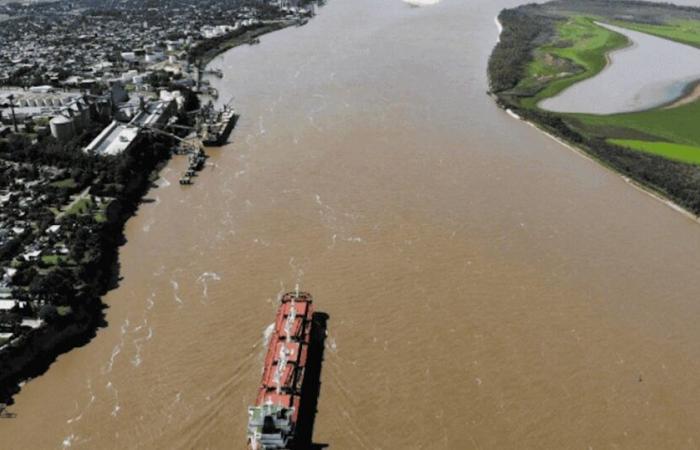The investment for the construction of a multipurpose port in Timbús, north of the Great Rosary, will become the first project to be carried out in the province of Santa Fe under the incentive regime for large investments (Rigi) that the national government launched and that consists of a strong reduction of taxes.
The investment, which will be carried out by the company Terminals y Servicios, amounts to 290 million and will generate during the work Picos de employment of up to 300 workersOnce the three main units 200 direct jobs are operational, plus indirect employment associated with the operation of a scale port.
The provincial government and the commune of Timbús have already been working with the company – from Argentine capitals and whose headline is the Buenos Aires Port businessman Juan Manuel Ondarcuhu – to underpin the construction of the new port, And this Wednesday the public hearing will be held in Buenos Aires before the National Government in which the project will be presented to the authorities in search of entering the Rigi for the tax benefits that would generate.
The Ministry of Productive development of Santa Fe is interested that the construction of the new port has all the environmental, water, services and also road connection authorizations so that its concretion does not generate in the future negative impact, and that is why the project is currently pursuing feasibility in different dependencies of the provincial State.
“The new Timbúes port not only represents a large private investment, but also a long geopolitical and logistics decision term. Its multipurpose, sustainable and regional approach gives it a transformative character for the province and for the country, aligned with the federal development objectives, logistics efficiency and environmental impact reduction, ”they argue in the Ministry of Productive Development, whose officials will follow the development of the public hearing that will preside over the head of the National Ports Agency, Iñaki Arreseygor
The operation is scheduled to start operating fertilizers port, aiming to supply the demand nationwide to successively enable new more complex load operations.
And, taking advantage of the full connection with the Paraná-Paraguay hydrovy, it will seek, its regional logistics expansion with impact in Bolivia, Paraguay and Brazil, projecting. In the future incorporate general loads, lithium (provinces of NOA), Cobre (San Juan) and other products of regional origin.
In addition, it has the possibility of exporting products with greater added value and, as a novelty, there will be an active participation of YPF as a logistics/operational supplier from the initial stage.
-As reported, the port will have an integral ecological imprint, with:
x) Reduction of carbon footprint: receiving those trucks that download in cereal ports ensure that trucks and barges in the region have a port that allows them a “round trip” loading other goods so as not to return empty to their destination of origin generating economic and environmental sustainability.
x) Progressive use of the national railway trace.
x) will have a nature reserve within the port property.
x) The port will resolve part of the logistics neck of grains and fertilizers, decongesting current roads and generating sustainable alternative routes.
The installation of a multipurpose port (and not only cereal) allows to consolidate timbús as a key logistics node in the original supplies and exports, adding a necessary diversification to the entire port tissue of the region that is very focused on cereals.
Finally, the project acquires regional strategic relevance because it positions Santa Fe as a logistics door of the Argentine productive interior with a view to the “new arc of origin” of the crops where companies are focusing on the activity: Santiago del Estero, Chaco, Salta, west of Catamarca and Norte de Córdoba.
But it also becomes a key logistics link for Bolivia, Paraguay, just at a time when Brazil begins to look at the hydrovy as a viable logistics option if there is reliable infrastructure.






